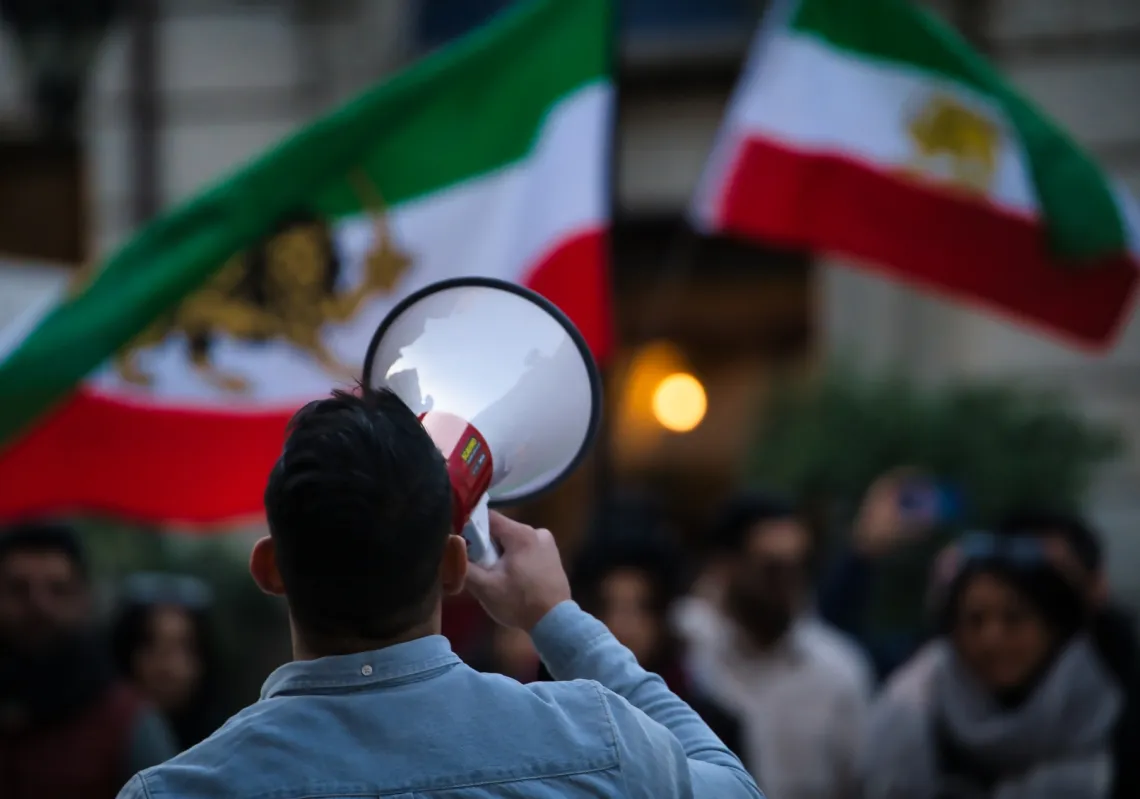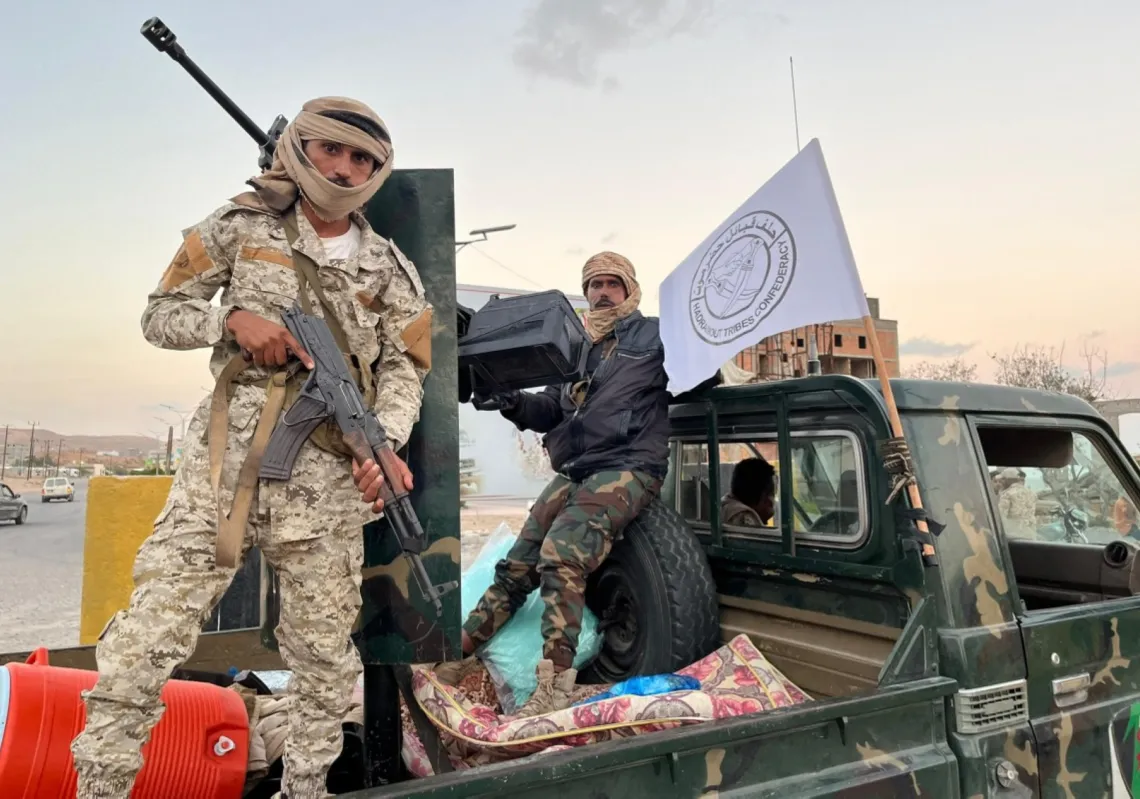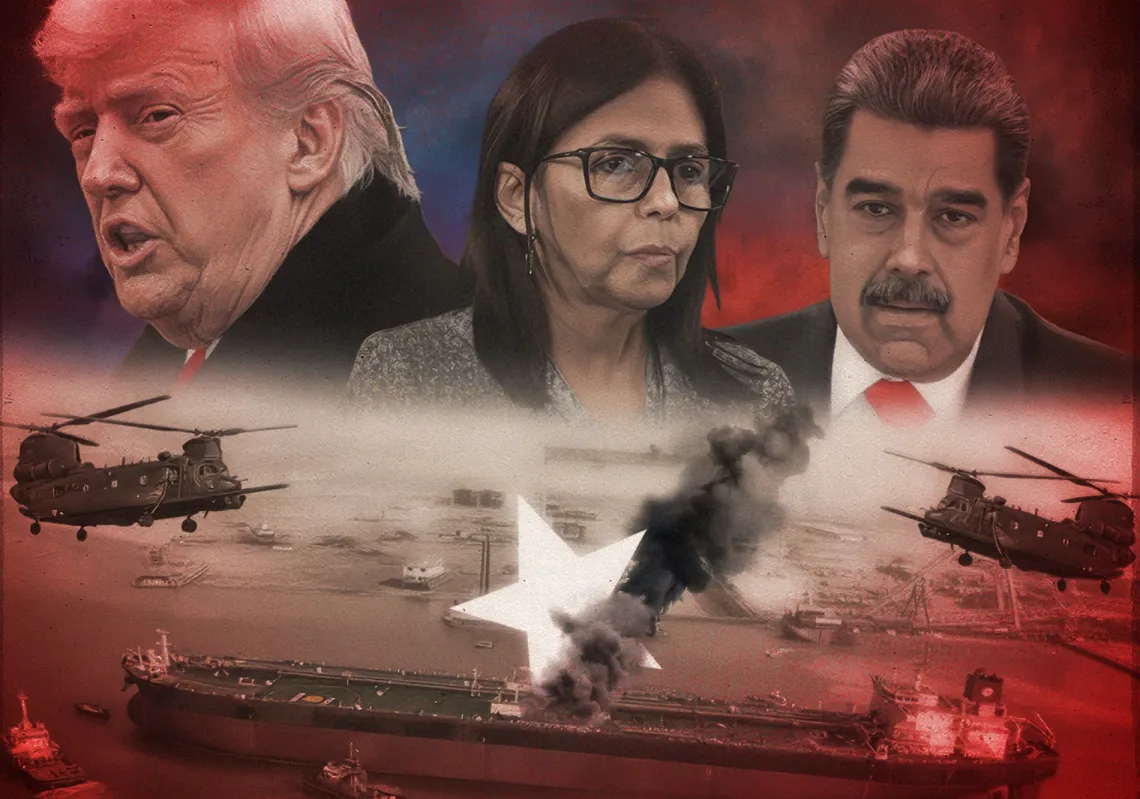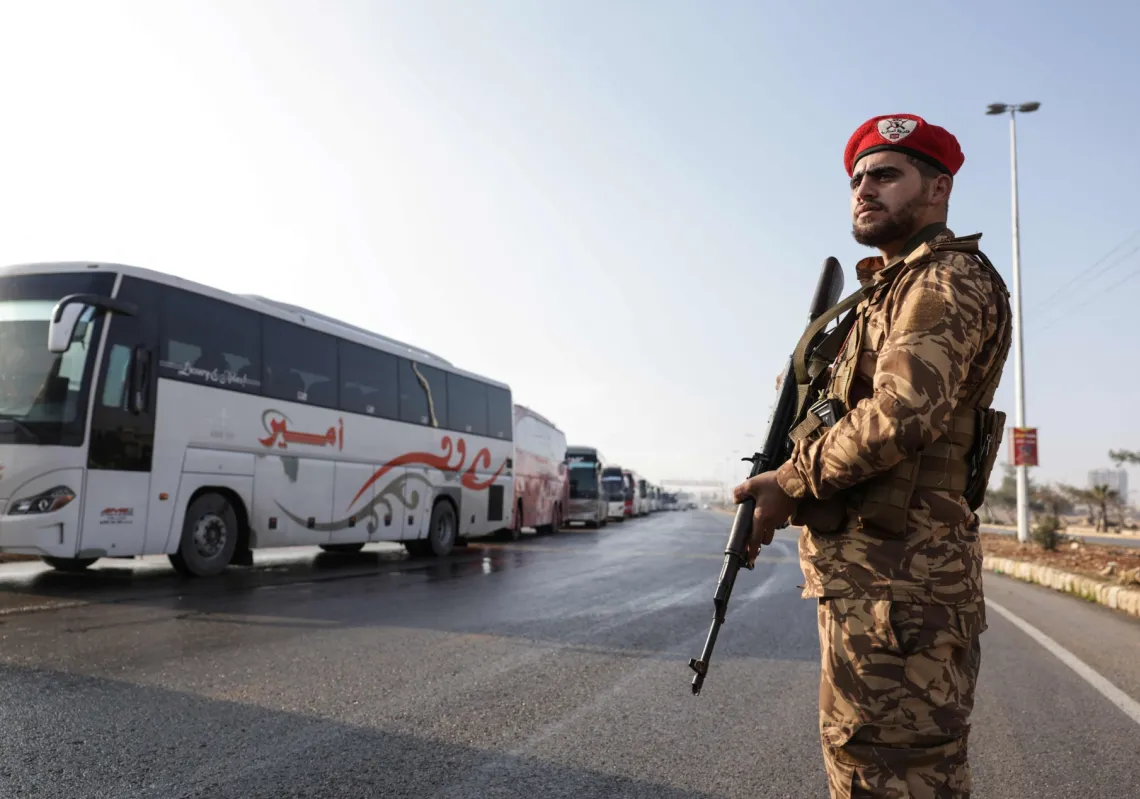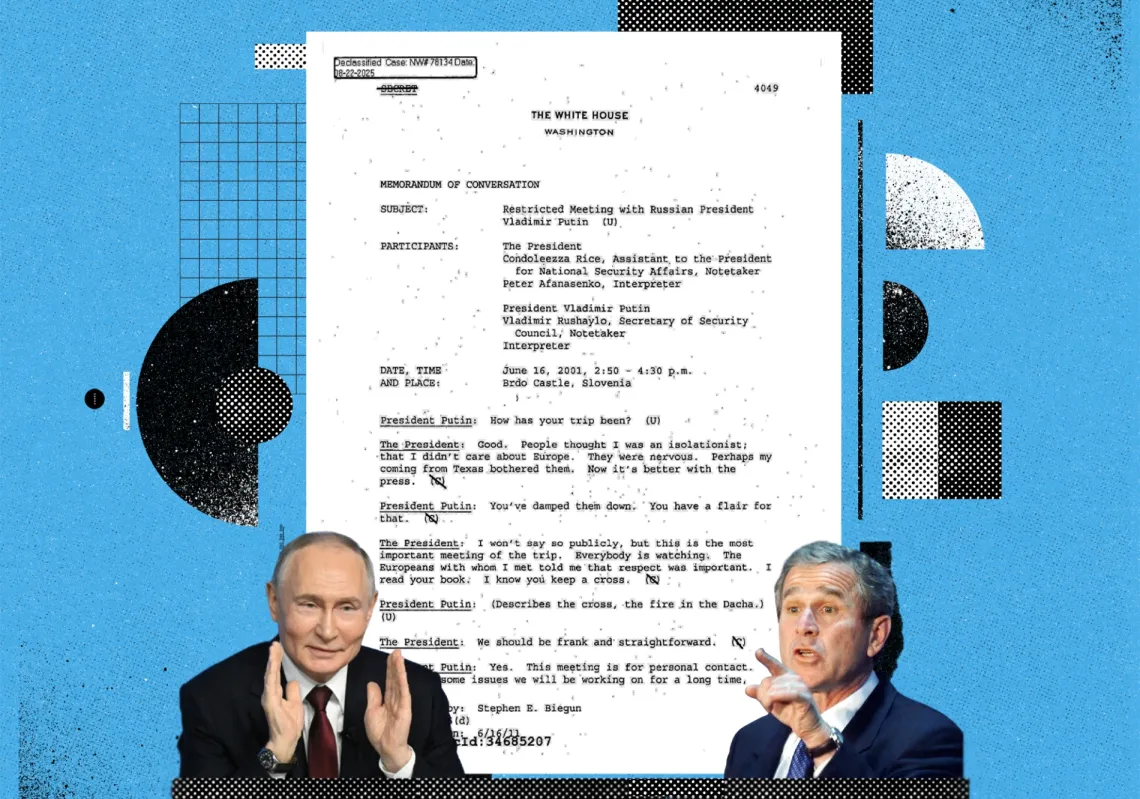The recent formation of a Supreme Committee to establish a legislative body marks a significant development in Syria’s political transition. After more than a decade of war, fragmentation, and stalled peace efforts, the prospect of reviving parliamentary life offers both a critical turning point and a glimmer of hope.
The initiative demonstrates modest but noteworthy improvements over previous transitional efforts. It includes a more diverse committee, more consultative phases, mechanisms to revise procedures and contest decisions, and an effort to increase women’s participation. Yet despite the promising elements, there are structural ambiguities, procedural gaps, and no robust safeguards.
Concerns persist around how electoral sub-committees will be selected, who will make the decisions, what criteria will their decisions be based on, how representation quotas will be enforced, and how the process will be independently monitored to ensure fairness and legitimacy. Unless there is genuine openness and transparency, the process risks becoming yet another top-down exercise that will reinforce the very public cynicism it seeks to overcome.
Blueprint for selection
At the centre of this political experiment is the Supreme Committee for People’s Assembly Elections, established under Presidential Decree No. 66. This 11-member body is responsible for designing and overseeing the process to select a new 150-member legislative assembly. Of these, two-thirds will be chosen through a committee-led electoral process, while the remaining one-third will be appointed directly by the interim president, Ahmed al-Sharaa.

Structurally, the process will unfold in two phases. First, the Supreme Committee will form two-member electoral subcommittees at the provincial level. A central subcommittee will oversee operations at the governorate level, while the remaining subcommittees will work at the district level to manage local implementation.
Each district-level subcommittee will select up to 50 individuals to form electoral bodies within their respective areas. These electoral bodies will have the authority to nominate and elect the candidates to represent their districts in the new parliament. Seat distribution at both governorate and district levels will be based on population figures from the 2010 census. The selections are due by 22 August.
Cautious progress
The High Committee’s composition and relatively participatory approach appear to be a step forward compared to previous transitional bodies, in that it moves away from a single dominant actor—Hayat Tahrir al-Sham (HTS)—that defined earlier initiatives.
The current 11-member committee features a more diverse makeup: seven members formerly affiliated with the formal opposition, two linked to the former HTS-led Salvation Government, and two independent civic actors. While the inclusion of two women remains far from equitable, it represents a modest step toward.






